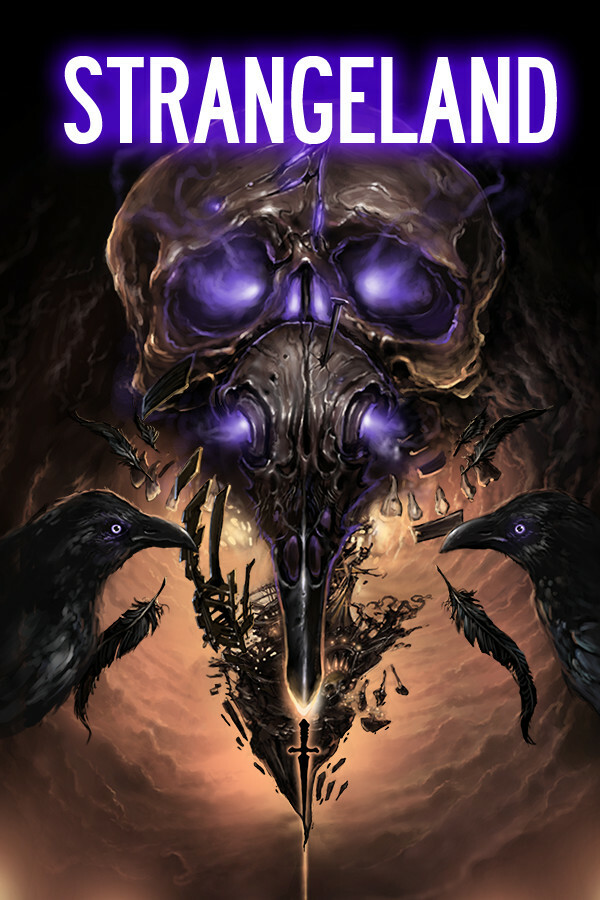

That said, the dialogue is full of hints throughout if you pay attention, but not in the sense that it spoils anything for you. The advice is often terse but to the point. It wasn’t until I sat down to play Strangeland while drinking a beer that I plucked up the ‘courage’ to use the system, as I felt I was cheating. You can’t interact and ask specific questions, but the person on the other side knows what you want.

Walk up to the payphone in the ‘hub area’ and dial 0. There is a built-in hint system in the game. Even then, it was something I overlooked and not poorly designed. The only times I got stuck was lighting a torch and a mirror puzzle (which was modified after my second playthrough). The puzzles don’t feel particularly unfair But this is a bittersweet mechanic between a Sierra and LucasArts title where yes, you are dead, but no, it’s not a game over. Strangeland features many characteristics from the point and click genre with its on-screen inventory and the ability to combine items, but one thing that’s a little more old school is dying in the game. Your goal is to save the woman and stop the Dark Thing that gets in your way. You’re welcomed by a Danny DeVito-like clown, talking ravens from the tales of Grimnir, and an eerie atmosphere that is brilliant. You’ve arrived at this hellish carnival where a woman continually kills herself, and there’s nothing you can do about it.

While it may have taken its toll on the team, it’s worth every moment for us, the end-users. Originally a two-week AdventureJam project for Wormwood Studios and published by Wadjet Eye Games, this adventure soon spiralled into a four-year development.


 0 kommentar(er)
0 kommentar(er)
